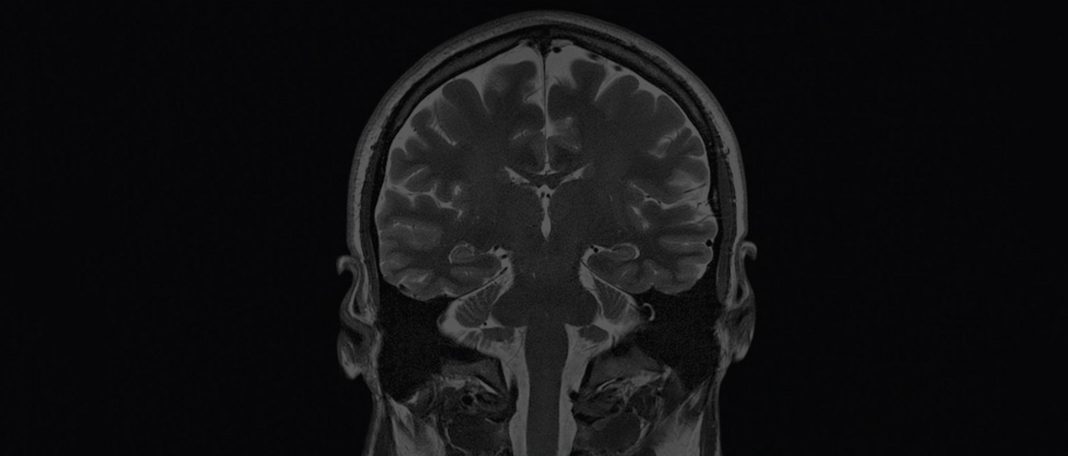Obesity leads to many health hazards. It can cause a higher risk of cardiovascular diseases, type 2 diabetes, and even cancer. New research shows that some types of obesity can lead to a reduction in gray brain matter and is also closely associated with dementia and stroke.
The study was performed by researchers at the University of South Australia. Anwar Mulugeta, Ph.D., researcher at the Australian Centre for Precision Health and the lead author of the study says people with higher levels of obesity, mainly those with neutral adiposity subtypes and metabolically unfavorable, had lower levels of gray brain matter which indicates compromised brain function.
Gray Brain Matter
Gray brain matter is the essential part of the brain. It is a spherical structure and houses most of the brain’s neuronal cell bodies. Gray brain matter helps you to control muscles, sensory activities such as hearing, seeing, speaking, emotions, decision making, and also self-control. The grey matter is spread throughout the brain nervous system.
Cerebral cortex- The outer layer of the brain consists of columns of grey matter and it helps you to process information to the brain. This part of the brain is the main aspect of hearing, listening, thought, and decision making.
Cerebellum- It is essential for motor control, coordination and perception. The grey matter extends to the spinal cord and makes signaling more effective.
The grey matter is also located in different parts of the brain so it has various functions to perform. Obesity is rising globally, the World Health Organization (WHO) says that 2 billion adults are overweight of which 650 million of them are obese. Obesity is not limited only to adults but also to children. Nearly 40 million children less than 5 years of age and 340 million young people between the ages of 15-19 are overweight or obese.
The lead author of the study Anwar Mulugeta says that his team of researchers investigated the causal relationship of individuals with three metabolically different obesity types to know which weight groups were more at risk than others. The three different obesity types are unfavorable, favorable, and neutral. Individuals with a high genetic load or adiposity, a condition of being extremely overweight are distinguished by various factors such as fat accumulation around the abdomen and internal organs, increased risk of type 2 diabetes, high cholesterol, and coronary heart disease. Whereas individuals with favorable genetic load have fat accumulation more around the abdomen but less on the internal organs.
The researchers used 3,36,000 self-reported health records from the UK Biobank and documented the experiences of nearly 28,000 individuals. The records were later linked to hospital and death records just to track associations with cases of dementia and strokes. At the end of the study the researchers found out that for every extra 3 kgs of body weight, the amount of grey brain matter decreased by 0.3%. However, Mulugeta says that the research did not have enough evidence to link any particular obesity subtype with stroke and dementia. But the research suggests the possibility of how obesity decreases grey brain matter.
















